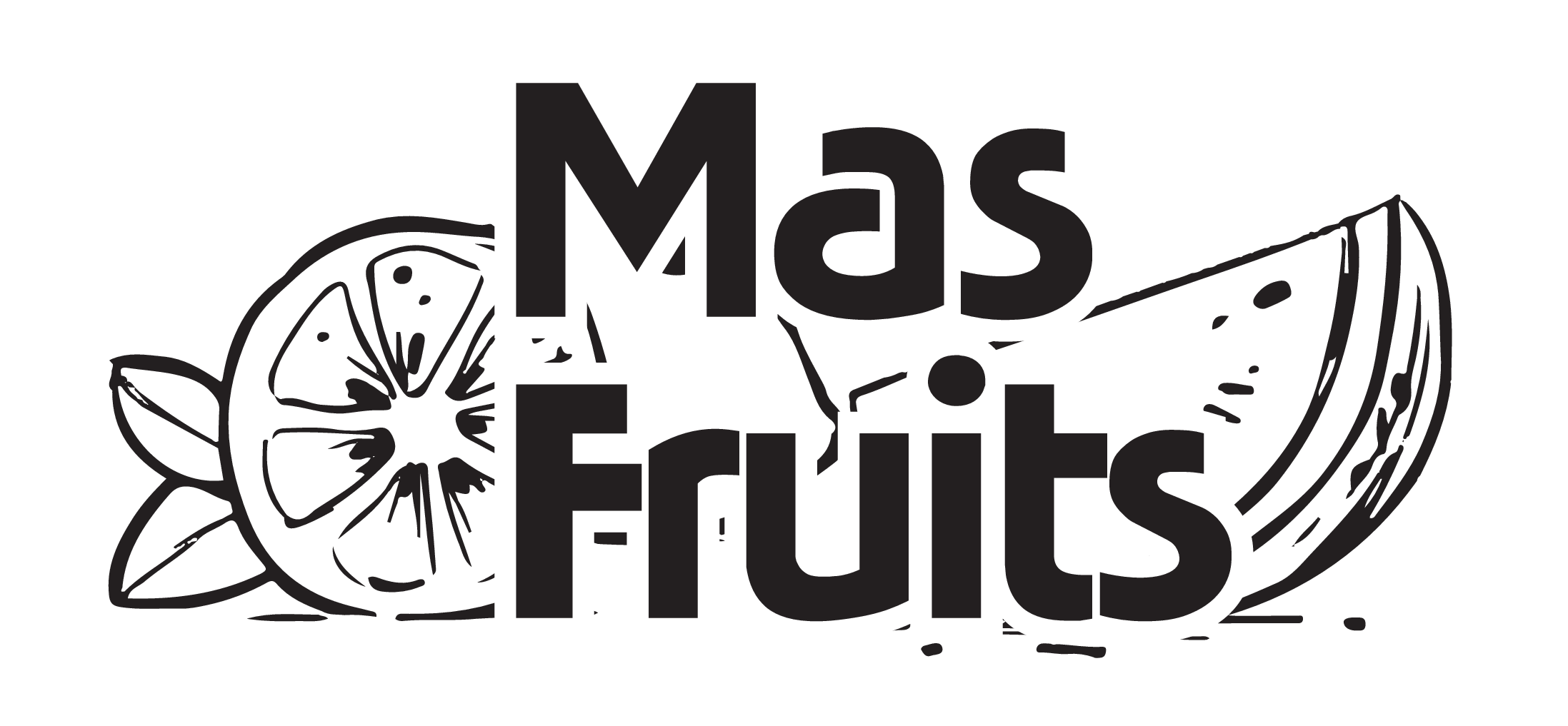Lower ratio mortgages have more flexibility on amortization periods, terms and prepayment options. IRD penalty fees compensate the financial institution for lost interest revenue over a closed mortgage. Second mortgages have higher rates than firsts and might be approved with less documentation but reduce available equity. The annual mortgage statement outlines cumulative principal paid, remaining amortization, penalty fees. MIC mortgage investment corporations provide higher cost financing selections for riskier borrowers. Most mortgages feature an annual prepayment option between 10-20% in the original principal amount. Sophisticated homeowners occasionally implement strategies like refinancing into flexible open terms with readvanceable personal lines of credit permitting accessing equity addressing investment priorities or portfolio rebalancing. Minimum deposit amounts and mortgage rules differ to rent investor properties versus primary residences.
Careful financial planning improves mortgage qualification chances and reduces interest costs. Low ratio mortgages have lower default risk for lenders with borrower equity over 20% thereby better rates. No Income Verification Mortgages have higher rates given the increased risk from limited income verification. To discharge a home loan and provide clear title upon sale or refinancing, the borrower must repay the full loan balance as well as any discharge fee. First Nation members on reserve land may access federal private mortgage rates programs with better terms and rates. Mortgage default insurance protects lenders from losses while allowing high ratio mortgages with lower than 20% down. Switching lenders at renewal may provide interest rate savings but involves discharge and setup costs like hips. First Nation members purchasing homes on reserve may access federal mortgage assistance programs with better terms. Mortgage pre-approvals outline the speed and amount you borrow offered well before the purchase closing date. The CMHC provides tools, insurance and education to aid prospective first time home buyers.
Mortgage payments on investment properties aren’t tax deductible and the like loans often require higher down payments. Mortgage terms over a few years have prepayment penalties making early refinancing expensive so only ideal if rates will stay low. The First Time Home Buyer Incentive reduces monthly costs through shared CMHC equity with no repayment. Most mortgages feature a prepayment option between 10-20% from the original principal amount. private mortgage broker Mortgages fund alternative real-estate loans not qualifying under standard lending guidelines. The mortgage stress test has reduced purchasing power by 20% for new buyers to try and cool dangerously overheated markets. Switching from variable to fixed rate mortgages allows rate and payment stability at manageable penalty cost. private mortgage rates term life insurance can pay off a home loan balance upon death while disability insurance covers payments if not able to work.
Mortgage Refinancing is practical when rates have dropped substantially relative on the old type of home loan. The First-Time Home Buyer Incentive reduces monthly costs through shared equity with no repayment required. The CMHC and other regulators have tightened mortgage lending rules several times for cooling markets and build buffers. Carefully managing finances while repaying home financing helps build equity and be eligible for a the best renewal rates. Switching Mortgages provides flexibility addressing changing life financial circumstances through accessing alternate products or collateral terms. Mortgage terms over 5 years provide payment stability but reduce prepayment flexibility. Mortgage default rates tend to correlate strongly with unemployment levels based on CMHC data.
